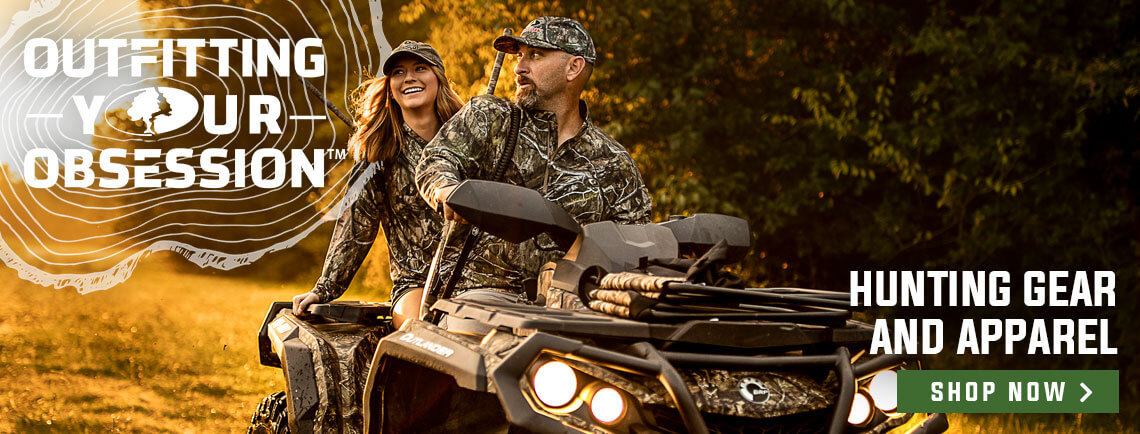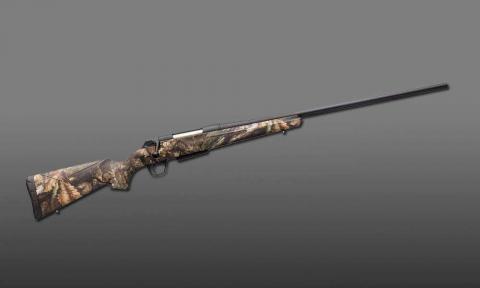The United States is being invaded...by hogs, that is. The feral hog population is exploding across the south and spreading north. It’s such a problem that you can hunt hogs year-round in states like Texas with no license requirement. Many outfitters specializing in whitetail hunting are throwing in a hog hunt for just a processing fee. If hog hunting is on your bucket list, here are a few tips to help you put pork in the smoker.
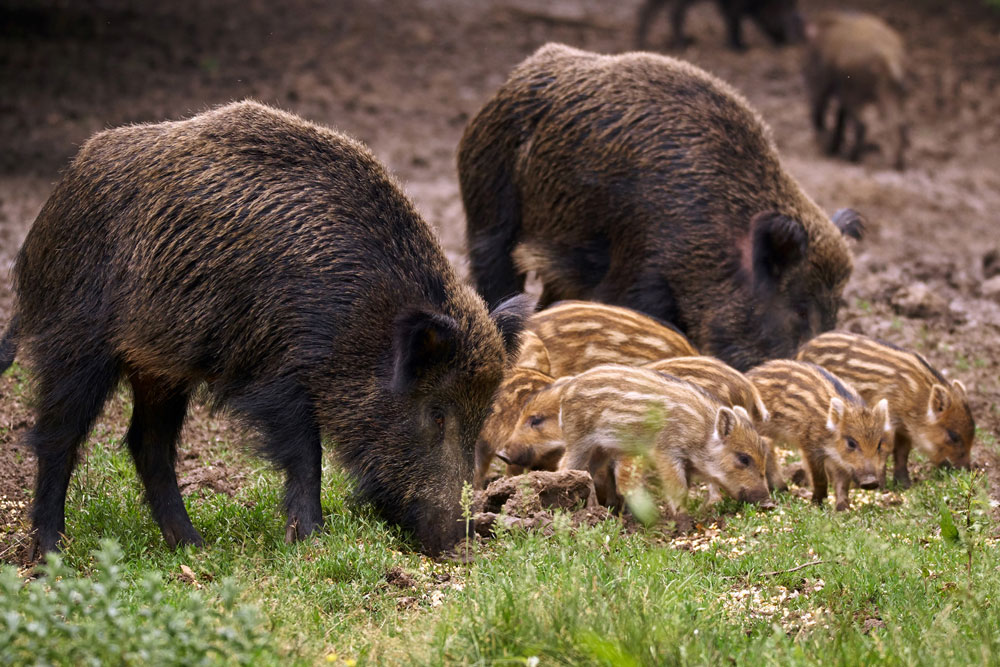
It Is Not Easy
Many guides and outfitters will tell you that, time after time, hunters show up thinking hog hunting is easy. They read about the millions of hogs tearing up fields and think it’s like shooting fish in a barrel. Hunters will buy an AR at a gun show, slap a scope on it, pack their hunting gear and head to camp. Often a guide has to show them how to load a clip, zero the weapon or even lend them a rifle when things don’t work out.
Do yourself a favor and get familiar with your weapon of choice. There are plenty of examples of hunters paying to hunt hogs, shooting several boxes of ammo and going home empty-handed. Know your weapon and how it operates. Practice taking multiple shots at multiple targets. Unlike deer hunting, where you take one shot or maybe two shots, there may be 20 hogs that will scatter at the crack of the first shot. In many cases, you may shoot 15 or 20 times at one group of hogs.
Bring Enough Gun
It is true that hunters have bagged a hog without almost every type of weapon. It is also true that hunters have wounded a lot of hogs with small-caliber weapons. If you are serious about your bacon, you will not use anything less than a .243. Any ammo built specifically for hog hunting is a big help. If you can find it, buy it.
Most deer rifles will put a hog down. The AR10 in .308, AR15 in 5.56 and .300 Blackout are very popular with hog hunters. The 5.56 is fine for small hogs but light for large hogs. Even a headshot on a big boar can result in the hog simply trotting away. An AR in .308 will put them down and keep them down. A suppressed .300 Blackout is quiet, and you can often keep shooting until the first hog squeals. After that, it is shoot at will.
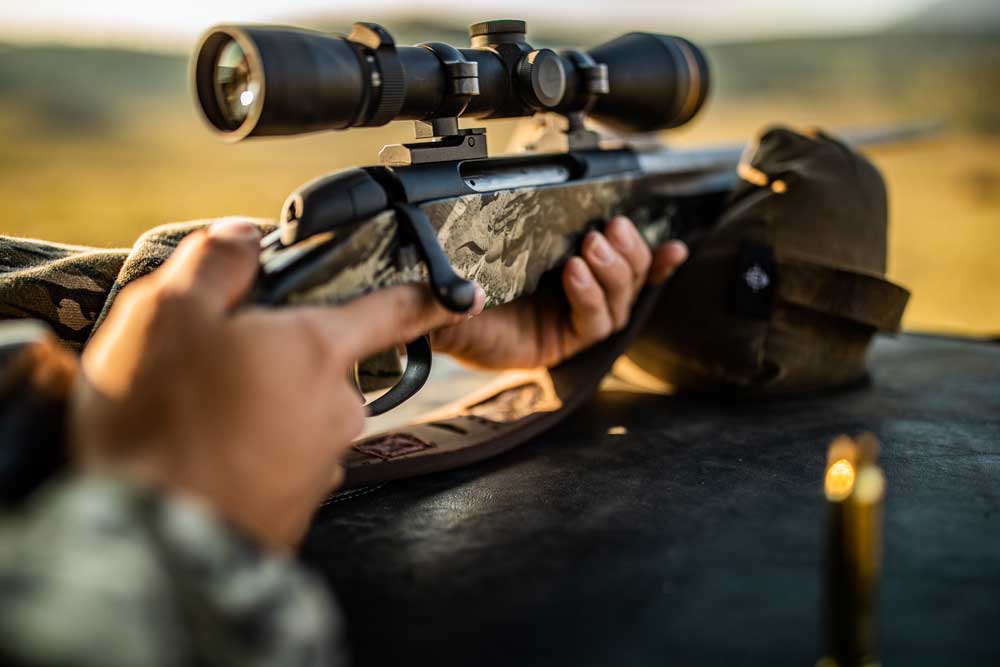
Shoot and Keep Shooting
Hogs travel in a sounder or group. Often sows travel together, and there may be 40 in the group. Big boars travel in smaller groups or alone. Seasoned hunters know that if you can make a headshot with a suppressed weapon and the hog drops without a sound, you may get another quality shot off. If the hog squeals, the group will go in every direction. Be prepared for that, and move quickly from target to target. Hogs are tough. Just because you roll one does not mean he is down for the count. The best advice for shooting into large groups is to shoot and keep shooting.
Big boars may be traveling alone. They have armor plating that protects their vitals from fights with other big boars. This armor is tough and covers thick gristle that small calibers struggle to penetrate. If you are using a 5.56 on a big boar, don’t be surprised if he doesn’t drop, even after you make a good shot. It’s just that the caliber you are using is not getting through the armor. The best advice for killing a big boar is to use enough gun, and then shoot and keep shooting.
Be Prepared for NFL Hogs
NFL in the hog hunting world is an acronym meaning Not For Long. Hogs are always on the move. They may stay under a corn feeder until the corn is gone but, when it’s time to go, they go. Hunters often hear hogs long before they see them. They grunt, fight and squeal as they forage. If you’re on your first hog hunt, pick out the largest hog and stay on it. It’s a bigger target and easier to track if it bolts after the shot.
If you dropped the first one, scan to the next closest hog and keep shooting. Once the dust has settled, stay put for a few minutes. You will be surprised how often more hogs will wander back in. Again, they won’t be there long, so get on them and stay on them.
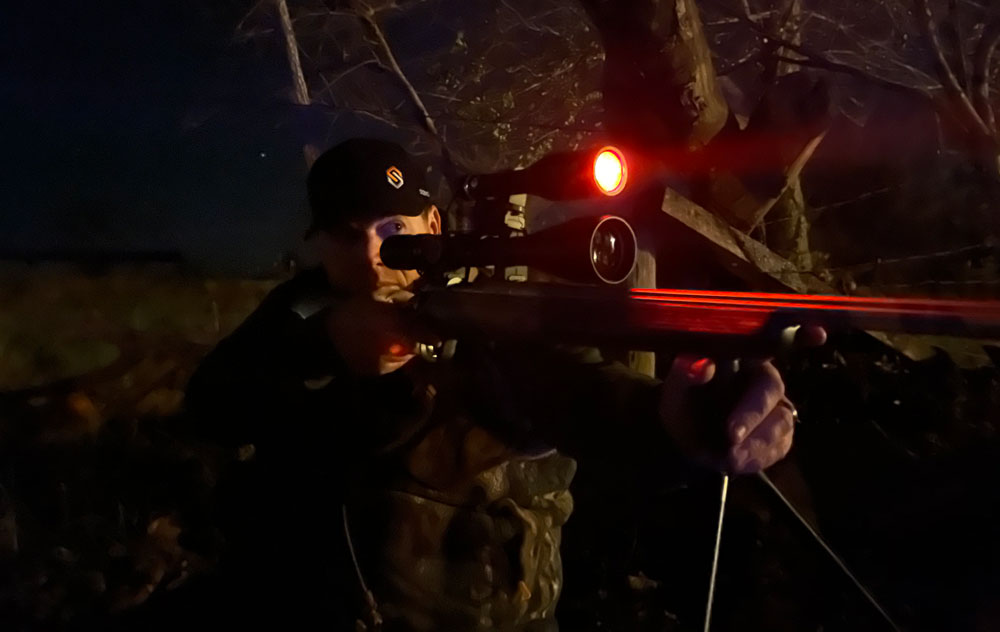
Hunting the Night Shift
When it’s hot, or there is a lot of pressure, hogs can go nocturnal. That’s when it’s time for thermal scope hog hunting. Most prefer to have a couple of hunters with night vision and a couple using thermal scopes. Generally, the night vision will show greater detail, and the thermal will pick them up in thick cover.
It pays to scout the area you plan to hunt during the day. You can make mental notes of the location of big rocks, tree stumps and bushes. Rocks, brush and even some trees will stay warm long after sundown, and you will see a glowing mass in your thermal scope. It is easier for hunters using a thermal scope to mistake a rock pile for hogs.
You should also notice how far it is across a field or to a particular landmark. It can be challenging to determine how far you are from a hog at night. If you’re not sure of what you’re seeing in your scope, remember hogs tend to move all the time. If your target is just standing there, it’s probably not a hog.
Complete Your Bucket List
If putting fresh pork shoulder in the smoker is on your bucket list, these tips can help you cross that off your list. Hog hunting is not always easy, but it is always a lot of fun. Your spouse will appreciate you putting pork in the freezer, but hanging the shoulder mount of a 300-pound boar in the living room may stay on your bucket list for a while.

